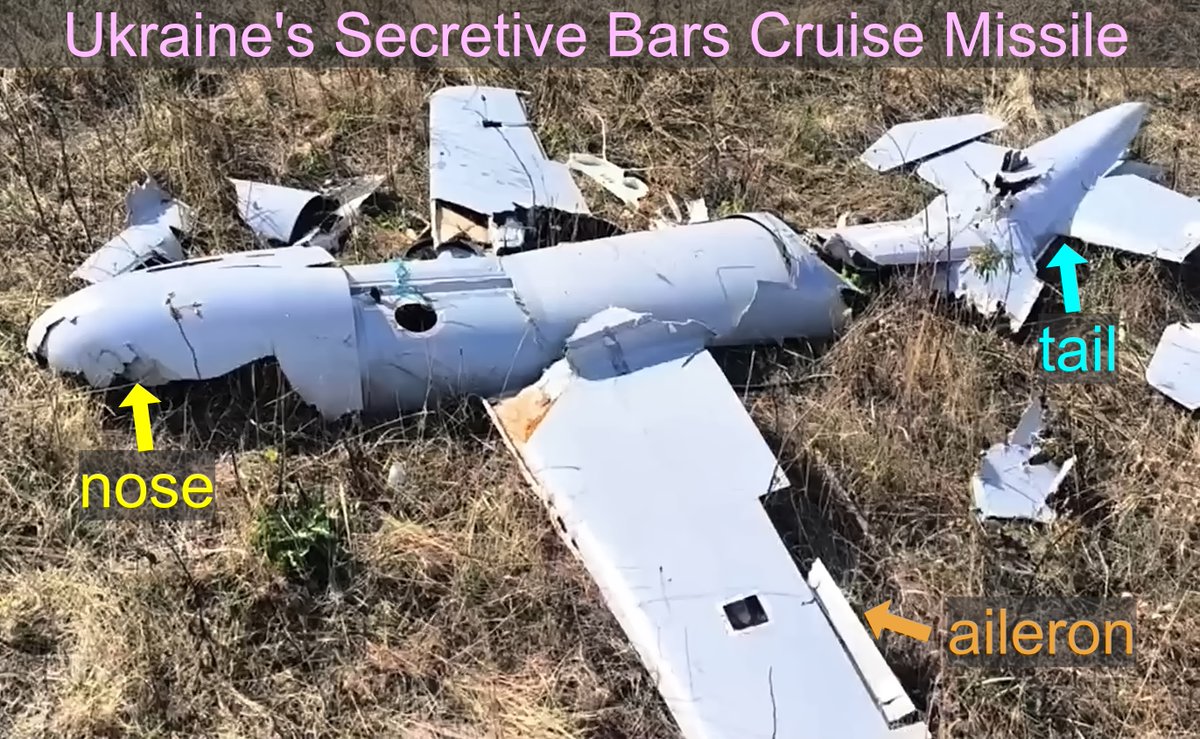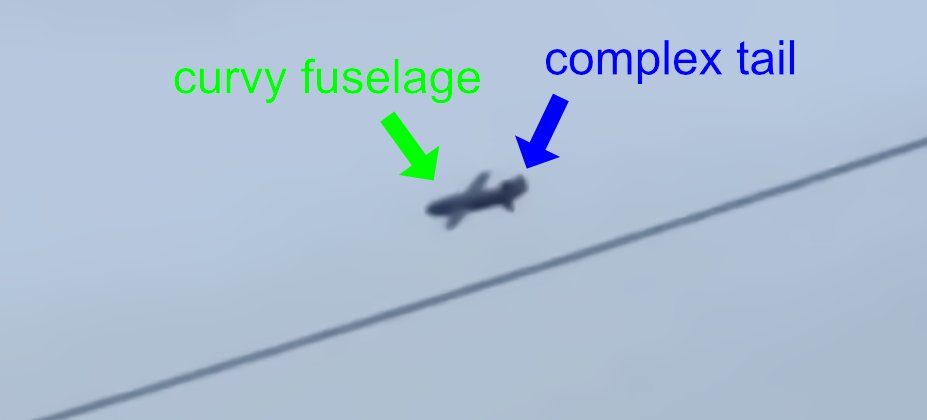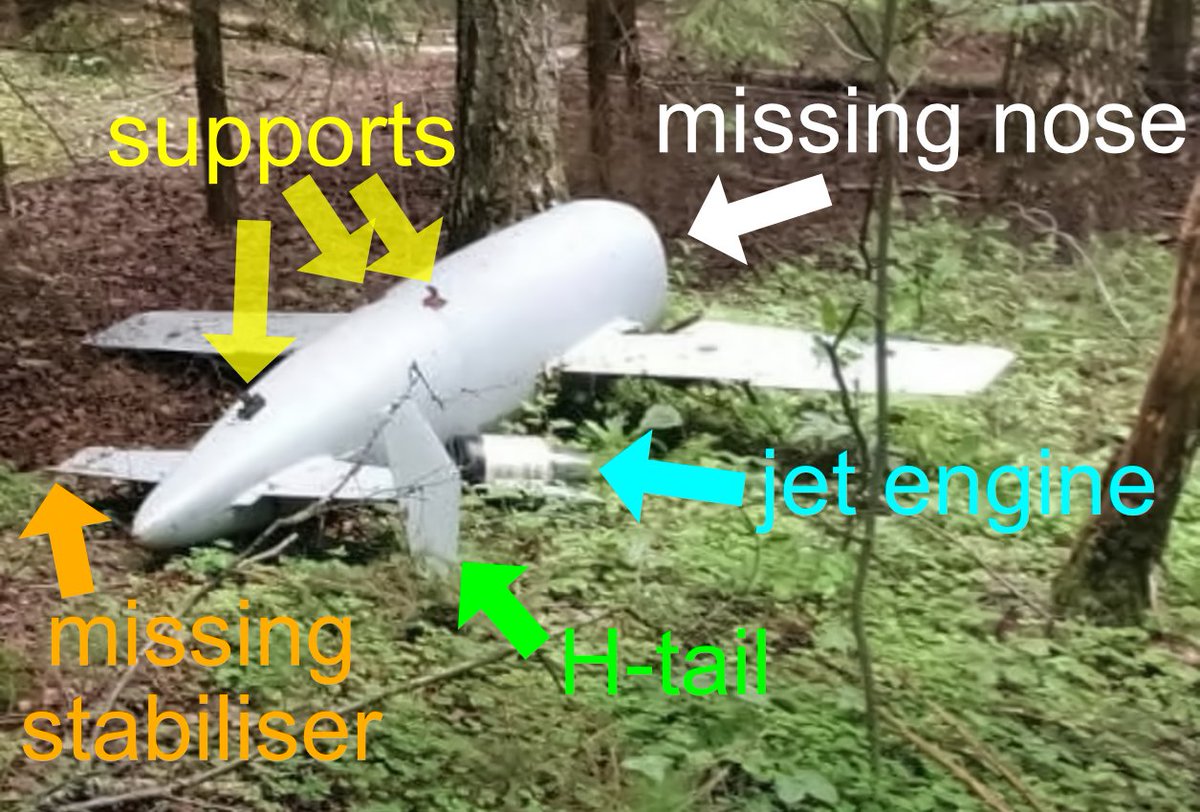1. Is this captured Ukrainian drone special? A view of the front shows a forward-facing camera and plastic covers but it is otherwise unremarkable. 

2. A few of the underside of the drone shows a cooling fan. This is somewhat unusual on these small drones. What is the fan for? 

3. The inside reveals a surprise. There is an artificial intelligence module connected to the camera. The HDMI interface suggests the camera has high resolution. 

4. The AI module is a Coral AI Developer board made by Google. It costs US$150 and has many capabilities including object detection and tracking. Potentially it could provide automation, e.g., terminal guidance. How well this works in warfare is not publicly known. 

5. The make of the camera interface board was not identified. Also not clear is if this drone is a commercial offering or if it is custom or a modification. If you recognise either, please comment.
If you enjoyed this thread please repost as a quote. Comments are appreciated.
If you enjoyed this thread please repost as a quote. Comments are appreciated.
• • •
Missing some Tweet in this thread? You can try to
force a refresh






















